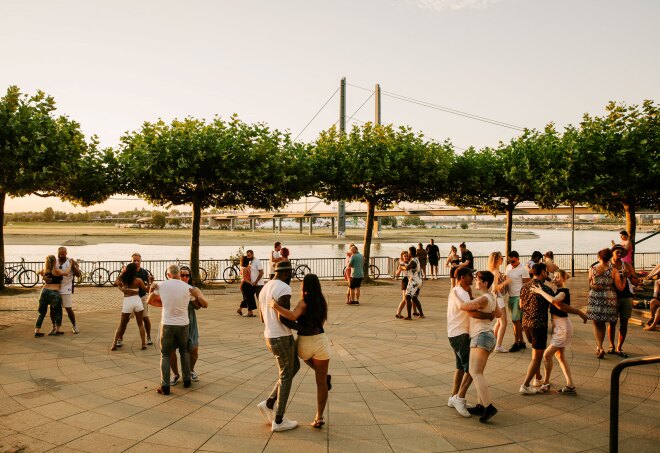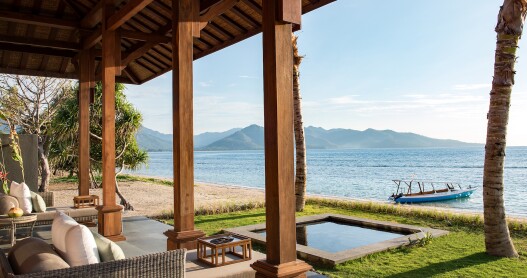Overview
When’s the best time to go to Iceland?
May to September is perhaps the most popular time to visit Iceland due to the warmer temperatures and extra sunlight (up to 22 hours in the north). But if you go off-season, you’ll find fewer tourists and catch some excellent cultural events. High season for Northern Lights viewing requires dark nights so go between September and mid-April if the lights are on your must-see list.
Gay Pride in Reykjavík has become one of the largest events in the country, featuring a boisterous cacophony of costumes, dancing, and music. Cultural Night (Menningarnótt) is a very popular one-day festival that usually takes place in August and spans dance, design, music, art, and concerts. Outside the capital is the Lobster Festival at Höfn í Hornafirði in the east, or a country-and-western festival in Skagaströnd in the north. Also worth considering is the Westman Islands Camping Festival, which takes place the first Monday in August (a bank holiday weekend). Considering there are only 300,000 souls in all of Iceland, the country produces an impressive amount of cultural activity. Much is centered in Reykjavik, though almost every village and town hosts an annual arts, music, or food festival. One of the biggest throw-downs is the annual Iceland Airwaves festival that takes place in Reykjavik every October or November and juxtaposes the finest local talent (there’s a lot!) against international heavyweights like Kraftwerk and Fatboy Slim. The capital’s Art Festival, held every year in May, promotes international dance, theater, design, and art, while the Reykjavik Film Festival (RIFF) takes place in September each year and shows independent films from Iceland and all over the world.
How to get around Iceland
By far the most convenient way to get to Iceland is by plane: airlines that fly there from Europe and North America include Air Iceland, WOW, Atlantic Airways, Icelandair and SAS. Ferrying is also possible from some Nordic countries such as Denmark and the Faroe Islands.
A convenient highway (Route 1) encircles most of the country except the Westfjords. There are many guided tours by bus and 4x4 available from main cities like Reykjavik and Akureyri, and during the summer an extensive network of bus routes links most places on the Ring Road and larger towns in the Westfjords (the rest of the year, these services tend to be irregular and sometimes nonexistent). Renting a car allows the most freedom to see everything at your own pace. Cycling is another cool option, though the changeable weather makes safety a crucial consideration especially with the storms, gales, and icy roads of the off-season. The only way to see much of the interior is by walking, climbing, and hiking; again, many companies organize tours and walks, but if you decide to go it alone be sure to research your route thoroughly and check with tourist boards for advice and information before setting out.
Food and drink to try in Iceland
Iceland’s food scene has certainly improved since tourism kicked off in the late 1980s. Reykjavik has a cosmopolitan selection of restaurants, from high-end steak and fish houses to lots of mid-range and budget world cuisines. Outside the capital, the choices begin to diminish somewhat. There are generally lamb and fish dishes (plenty of salmon and trout) in restaurants throughout the country, though, and every town seems to have a diner hawking burgers, fries, and the ubiquitous pylsur—a local take on the humble hot dog. For a traditional treat, try harðifiskur (dried haddock or cod), which can be eaten with or without butter; hákarl (putrefied shark that’s buried below ground for several months to break down the toxins); or súrsaðir hrútspungar (pickled rams’ testicles), if you’re feeling really brave. Iceland’s own brand of yogurt, Skyr, is delicious and deservedly popular. Booze is pricey, and sometimes just finding one of the state-owned off-licenses can be tricky. A good local tipple to try, though, is Brennivín. Distilled from potatoes and flavored with caraway seeds, it’s potent enough to have earned the ominous nickname “black death.”
Culture in Iceland
The Icelandic people celebrate their heritage on many fronts, from literature to their long-standing love of shows of physical strength and fitness (many of Crossfit’s current legends hail from the country). Museums and shops around the country offer insight into the history, arts and crafts, and culture of Iceland. For a quick immersion course into many of Iceland’s unique qualities, tour the museums of Reykjavík, including the Árbær Open Air Museum, the Reykjavík Art Museum, and The Settlement Exhibition.
Can’t miss things to do in Iceland
Even people who know little about Iceland would probably be able to connect the country to its most famous feature, the Blue Lagoon, where you can relax in geothermal springs (and have a beyond-expectations meal at the on-site restaurant). Add in some culture at the Reykjavík Art Museum and a day trip out to Þingvellir National Park--where the Vikings held parliament and nature serves up dramatic landscapes filled with waterfalls and wildlife--and, even if that’s all you do, you’ll find yourself falling for this small but vibrant island nation.
Practical Information
Most nationalities can visit Iceland for up to three months as a tourist with a valid identity card. The currency is the Icelandic Króna (ISK), the international dial code is +354, and the country uses the Western European Time Zone. The language of Iceland is Icelandic but many residents also speak English.











